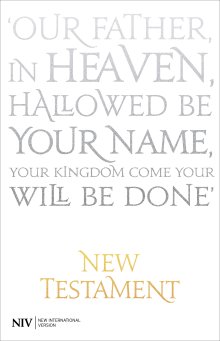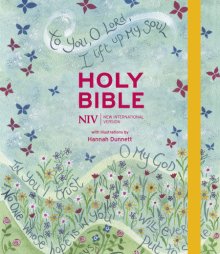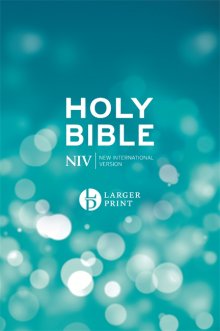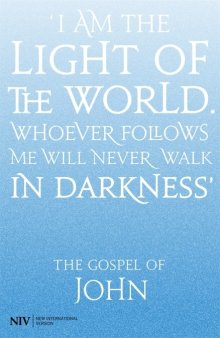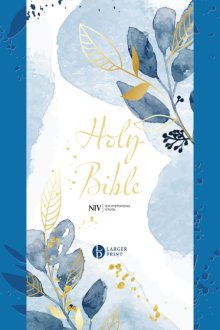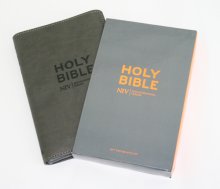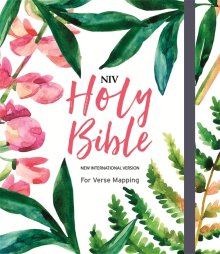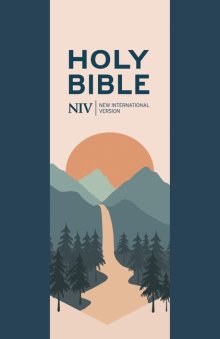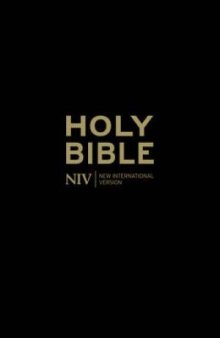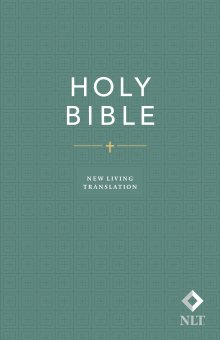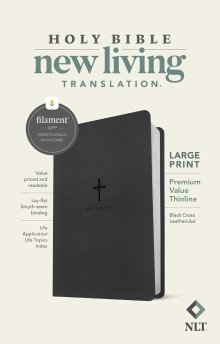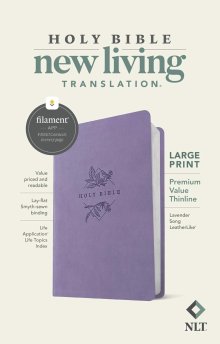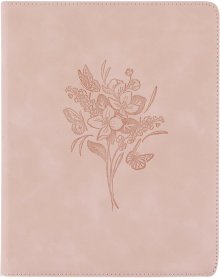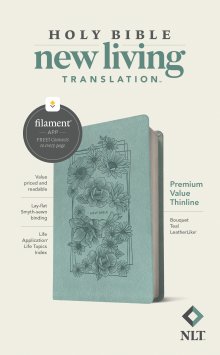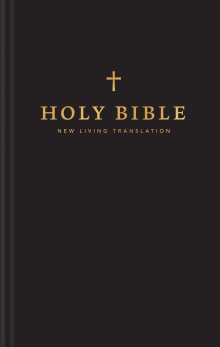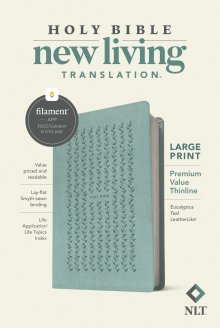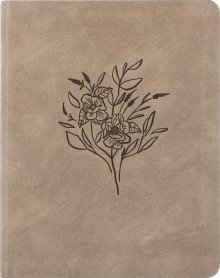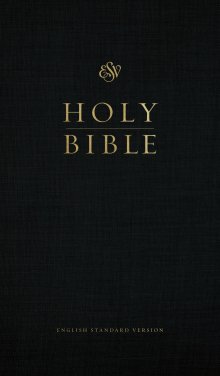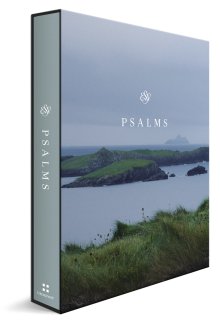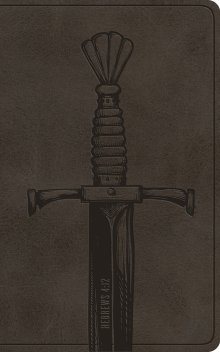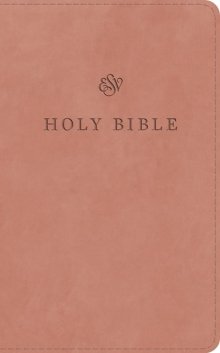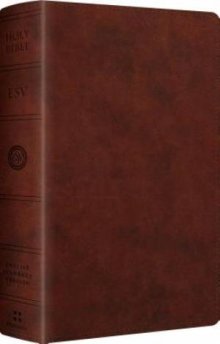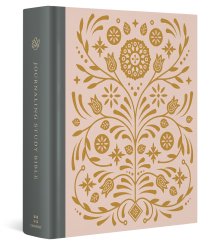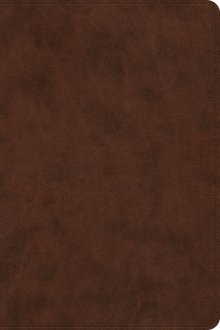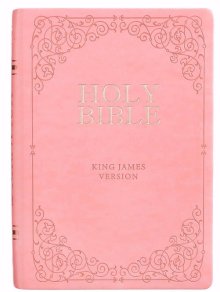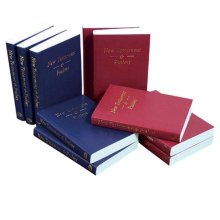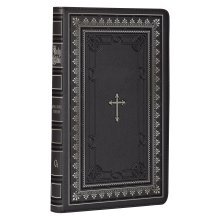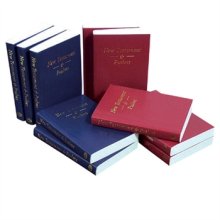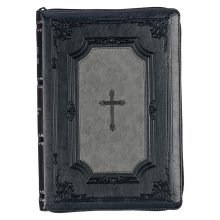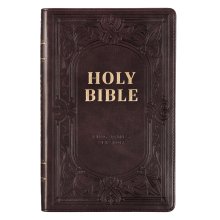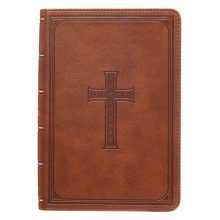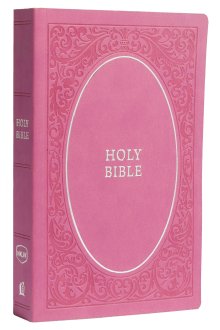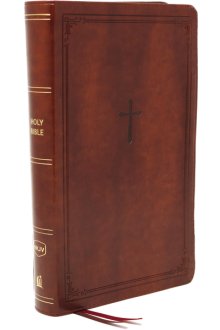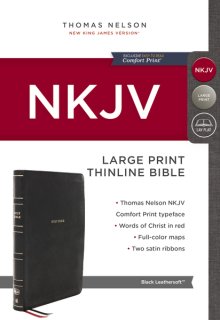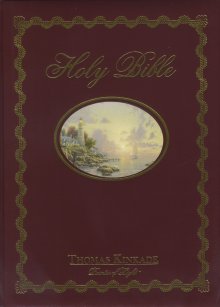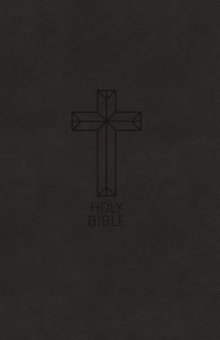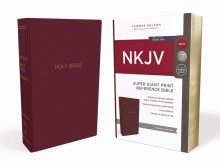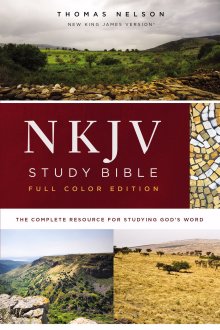The 5 Bestselling Bible Translations: A Simple Comparison (2025 Guide)
The Editor
Estimated Read Time: 7 Minutes

Choosing a Bible can be one of the most exciting steps in your faith journey, but it can also be one of the most confusing. You're immediately faced with an "alphabet soup" of translations: NIV, NLT, ESV, KJV, NKJV... what do they all mean? And what's the real difference?
If you're feeling a little lost, you're not alone. The simple truth is that these are all excellent, trustworthy translations, but they were created for different purposes. Some are designed to be as literally accurate as possible (great for deep study), while others are designed to be as easy-to-read as possible (great for daily devotion).
This simple guide will clearly explain the differences between the 5 bestselling Bible translations. We'll help you understand the unique strengths of each one so you can confidently choose the perfect Bible for you.
In short:
The 5 bestselling Bible translations are the NIV (which balances accuracy and readability), the NLT (a "thought-for-thought" version prized for its easy-to-read language), the ESV (a literal, "word-for-word" version for serious study), the KJV (the traditional 17th-century text), and the NKJV (a modern update to the KJV).
At a Glance: The 5 Bestsellers Compared

The Most Important Thing: The Translation Spectrum
Before we dive in, here is the one concept that makes choosing a Bible simple. All translations sit on a spectrum:
- "Word-for-Word" (Formal Equivalence): These translations (like the KJV, NKJV, ESV) work hard to translate each original Hebrew and Greek word as literally as possible. This makes them incredibly accurate for deep study, but they can sometimes be more complex to read.
- "Thought-for-Thought" (Dynamic Equivalence): These translations (like the NIV and NLT) focus on translating the original meaning or thought of each sentence into natural, modern English. This makes them very easy to read and understand.

Now, let's look at each of the 5 bestsellers.
1. The NIV (New International Version)
The Bestseller: Balanced, Popular, and Trusted
The NIV is the world's bestselling modern English Bible for a reason. It masterfully balances "word-for-word" accuracy with "thought-for-thought" readability, landing in the "sweet spot" on the spectrum. Its language is clear, contemporary, and trusted by millions of Christians and churches of all denominations.
- You should choose an NIV if: You want a single, all-purpose Bible that is perfect for personal reading, following along in church, and for study. It's the ultimate "safe bet" and a fantastic choice for a beginner.
Choose the NIV ►
2. The NLT (New Living Translation)
The Reader's Choice: Warm, Clear, and Relational
The NLT is beloved for its exceptional readability. It sits further on the "thought-for-thought" end of the spectrum, focusing on conveying the Bible's meaning in warm, natural, and heartfelt English. It reads as smoothly as a modern novel, making it a wonderful choice for daily devotional reading or for anyone who has found other translations difficult to get into.
- You should choose an NLT if: Your primary goal is daily reading, personal devotion, and connecting with the heart of the message. It's our top recommendation for a new believer's first Bible.
Choose the NLT ►
3. The ESV (English Standard Version)
The Scholar's Choice: Accurate, Literal, and Rich
The ESV is a "word-for-word" translation that has become the modern standard for pastors, scholars, and serious students. It's an "essentially literal" translation, meaning it is highly precise and excellent for deep study. It retains a classic, literary feel (it's a revision of the RSV, which itself came from the KJV) but uses modern, clear English.
- You should choose an ESV if: Your primary goal is in-depth study. You want to understand the nuances of the original text and are willing to read a more complex, academic text to get that precision.
Choose the ESV ►
4. The KJV (King James Version)
The Classic: Majestic, Poetic, and Traditional
For over 400 years, the KJV was the Bible of the English-speaking world. It is a "word-for-word" translation and an unparalleled masterpiece of English literature. Its majestic, poetic language (including "thee" and "thou") has shaped our culture and is beloved for its beauty, rhythm, and traditional authority. It can be difficult for modern readers, but for many, its cadence is the true voice of Scripture.
- You should choose a KJV if: You love traditional, majestic language, or if your primary focus is devotional reading and memorisation (its rhythm is excellent for this).
Choose the KJV ►
5. The NKJV (New King James Version)
The "Modern Classic": Traditional Style, Modern Words
The NKJV is the perfect solution for the person who loves the KJV but struggles with the archaic words. The NKJV is a "word-for-word" translation that carefully updates the vocabulary of the KJV to modern English (for example, "thee" becomes "you"), while preserving the classic sentence structure and literary style. It's a bridge between the 17th century and today.
- You should choose an NKJV if: You love the style and accuracy of the KJV but want a version that is easier to read and understand without losing its traditional feel.
The Final Verdict: Which One is Best for You?
- For a Beginner or Daily Reading: Start with the NLT for its ease and warmth.
- For an All-Rounder (Church & Study): Choose the NIV for its perfect balance.
- For Deep, Scholarly Study: Choose the ESV for its modern, literal precision.
- For a Traditional, Poetic Feel: Choose the KJV (if you like archaic language) or the NKJV (if you want it modernised).
Still not sure which Bible is the perfect fit? Our Bible Finder tool can give you a personalised recommendation in just a few clicks.
Latest Blogs

Bibles
The 5 Bestselling Bible Translations: A Simple Comparison (2025 Guide)
NIV vs. NLT vs. ESV vs. KJV vs. NKJV: What's the difference? Our simple guide explains each bestselling Bible translation to help you choose the right one.

Bible
What Font Size is a Large Print Bible?
"For such a big book, why is the writing always so small?" Discover what makes a Bible 'Large print'.

Bible
What is the Easiest Bible to Read & Understand? (2025 Guide)
Understand Bible translation reading levels easily. Our guide explains the reading age for NIV, NLT, ESV, KJV & more to help you choose the right Bible.

Bibles
The 5 Best Bibles Under £20 (2025 Value Guide)
Looking for a great value Bible? Our 2025 guide showcases 5 of the best Bibles under £20, from high-tech NLT Filament Bibles to beautiful KJV gifts and more.

Meet Our Suppliers
Meet Our Suppliers: Mood Bears
Discover Mood Bears at Eden. These soft, colourful bears help children and adults talk about their feelings. Shop the range, from Hope Bear to Calm Bear.

Meet Our Suppliers
Meet Our Suppliers: Broadland Drinks
Learn about Broadland Drinks, Eden's trusted partner for high-quality communion wine. Discover reliable, non-alcoholic & alcoholic options for your church.

